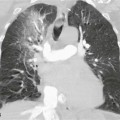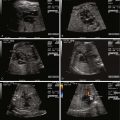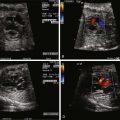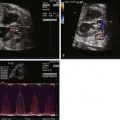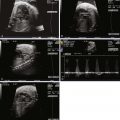Radiology and telemedicine have undergone a significant amount of transformation in the past two decades. Due to the widespread adoption of tech, the focus has shifted from film to digital, which has brought benefits for both radiologists and patients.
The accuracy, efficiency, and accessibility dues to the Internet have considerably improved the quality of medical services. In this article, we’ll take a look at the benefits of telemedicine, potential challenges, and how to fix them, as well as how the Internet of Things (IoT) can be used in radiology.
Benefits of Telemedicine for Patients and Doctors
There are a lot of benefits telemedicine has for both patients and doctors. Let’s take a look at some of them.
- Access to Specialists: You might not have a family doctor you can always reach out to one when you need. An online medical network can help you get access to specialists without the need for an appointment at any time of the day.
- Lower Costs: Doctor fees can be expensive, even if you have good insurance. Telemedicine can be more cost-effective than in-person visits, which can take a lot of financial burden off the patients.
- Reduced Pathogen Exposure: Waiting in hospital rooms with other patients can expose you to harmful pathogens. With telehealth, patients stay at home which keeps them safe from exposure to germs and viruses.
- Helps With Anxiety: Most people feel anxious going to the doctor or a hospital. This prompts a lot of people to not seek medical help at all. Telehealth helps with this by providing people with an option to get medical support without needing to leave their homes.
- Support for Chronic Illness: Monitoring tools that can be used at home allows doctors to get real-time health data about their patients. This can help highlight new symptoms, emergencies as well as worsening health, which can help them intervene to save the patient’s life.
Potential Challenges and How to Fix Them
While telemedicine solves a lot of issues and streamlines a lot of things in the medical industry, there are some challenges it creates. These are:
- Lack of Interaction: With remote radiology, there’s a chance that images can be misinterpreted due to the lack of patient interaction and physical presence. This means that radiologists always need to cross-check reports as well as follow higher standards of ethical practice and patient care.
- Data Security: Transmitting medical data through the internet can have a lot of potential concerns about the security and privacy of the data. Radiologists need to take steps to make sure that they take appropriate measures so that the patient’s information is always secure and adheres to the regulations for data protection.
- Technological Limitations: A reliable connection to the internet is necessary to make sure that telemedicine is implemented successfully. This can be challenging to do in remote areas that may have limited resources. However, allowing households to have access to fast internet will allow patients to use telemedicine.
Thankfully, there are a lot of great internet providers in the U.S. that can reliably and securely transmit patient data to doctors. With 5G becoming more common, it can be used to reduce a lot of the inconsistencies that can cause errors in medical applications.
Xfinity is a great example of a company in the US that provides customized internet solutions for hospitals and other businesses. With their multi-lingual support, you can contact them at their Xfinity servicio al cliente en español, which is intended for their Latino customers.
How IoT Can Be Used in Radiology
Since IoT is one of the major components of Telemedicine, it can offer a lot of benefits when used with radiological imaging:
· Workflow Efficiency
The use of IoT with radiology can streamline the workflow by providing seamless connectivity among many of the systems as well as helping automate administrative tasks. This helps radiologists focus on important things like patient care and clinical decision-making.
· Remote Monitoring
Devices with IoT can enable radiologists to monitor the performance and status of their equipment in real time. This helps minimize downtime and maintenance and ensures that patients get uninterrupted care.
· Seamless Image Transfer
Because of fast internet, radiologists now have the option to transfer the image seamlessly from the device to the radiologist’s computer. This eliminates the need for manually transferring files as well as reduces data loss.
· Notifications in Real Time
The tiniest problem in an imaging device can have drastic changes in the results, which is why it’s important to make sure they are always running without errors. Using IoT can help radiologists receive real-time notifications if there is an abnormal condition or a critical event in the imaging device.
· Improved Images
Integration of IoT with imaging devices can improve the quality of the result images since the radiologist will be able to calibrate the device as well as make real-time adjustments. This helps radiologists get accurate and consistent images, which can make the diagnosis more accurate.
By embracing and actively working on using telemedicine and IoT technologies, there can be a lot of new possibilities for patients to get enhanced and streamlined healthcare with improved accuracy. However, healthcare organizations need to prioritize cybersecurity to make sure that patient data is secure and private.
Stay updated, free articles. Join our Telegram channel

Full access? Get Clinical Tree


